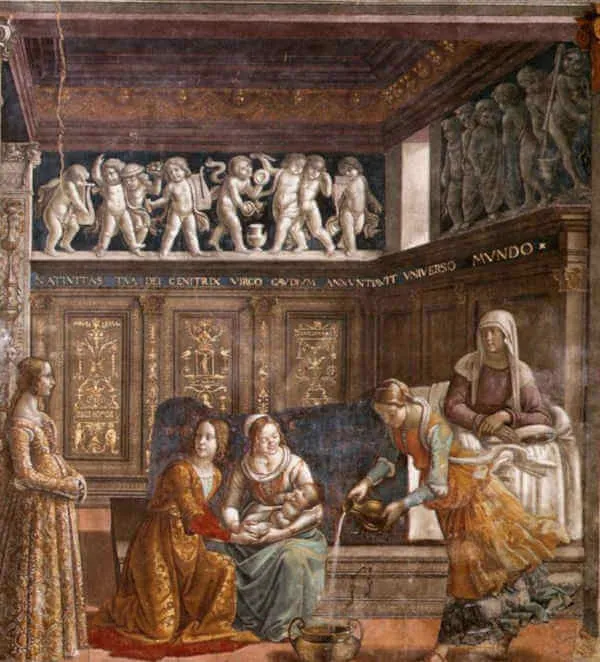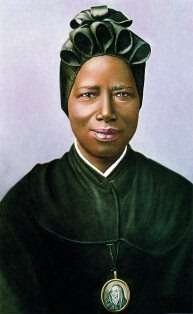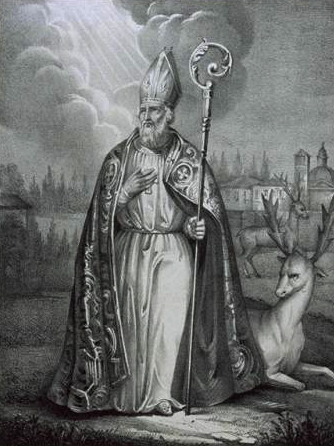c. 15 BC; Patron Saint of chefs, cooks, distillers, drapers, fish dealers, goldsmiths, silversmiths, needlemakers, potters, restaurateurs, silkworkers, and tilemakers
On December 8, the Church celebrates the Solemnity of the Immaculate Conception. That solemnity highlights the singular grace bestowed upon the Blessed Virgin Mary at the moment she was conceived. The Church dogma states, “…in the first instance of her conception, by a singular grace and privilege granted by Almighty God, in view of the merits of Jesus Christ, the Savior of the human race, was preserved free from all stain of original sin, is a doctrine revealed by God and therefore to be believed firmly and constantly by all the faithful” (Pope Pius IX, 1954).
Today’s Feast of the Birth of the Blessed Virgin Mary is celebrated exactly nine months after the Solemnity of the Immaculate Conception, just as Christmas is celebrated nine months after the Church remembers the Incarnation of the Son of God on the Solemnity of the Annunciation. The birth of the Blessed Virgin Mary is one of three liturgical feasts in which we celebrate a birth: Christmas, the Birth of Saint John the Baptist, and the Birth of the Blessed Virgin Mary. Only the three most consequential figures in the Bible receive the honor of a liturgical celebration to commemorate their births.
Nothing is known for certain about the birth of the Blessed Virgin Mary or of her upbringing, since the Bible only introduces the Mother of God to us for the first time during the Annunciation. However, an early second-century apocryphal text called the Protoevangelium of James (The Gospel of James), paints a detailed picture of her conception, birth, early years, and betrothal to Saint Joseph. Though the account is not part of the canon of Scripture, it has been a source of reflection throughout the centuries and is the source of the traditional names of the Blessed Mother’s parents, Joachim and Anne.
The actual feast we celebrate today is believed to have been first celebrated in the fifth or sixth century in the East and was tied to the dedication of a Byzantine church near the Pools of Bethesda in the Old City of Jerusalem. The church was built over what was believed to be the birthplace of Mary and the home of Joachim and Anne, just a short distance from the Temple. In the twelfth century, the current Basilica of Saint Anne was built on the same site. Beneath the basilica lie what are believed to be the caves in which the Mother of God was born and lived.
Regardless of whether the apocryphal Gospel of James presents accurate historical truths regarding the conception, birth, and early life of the Blessed Virgin Mary, it is not difficult to prayerfully ponder the importance of her birth and childhood. Saint Andrew of Crete beautifully relates that on this day, the “Creator of the world constructed His temple…” Mary is that temple, that Arc of the New Covenant, the tabernacle and first dwelling place of God Incarnate. Her soul was born pure, spotless, and holy. As she grew, she manifested every virtue perfectly. All who knew her as a child would have been deeply impressed by her sanctity.
Birthdays celebrate people. They are occasions to rejoice in and honor the whole life of that person. The other memorials, feasts, and solemnities of the liturgical year honor various specific aspects of Mary’s life. Today’s feast honors her whole life, her personhood, and the gift of who she was and is.
As we celebrate the birthday of the Mother of God, spend time pondering her soul. Though much of her earthly life has remained hidden from our eyes, she is the greatest saint to ever live and the holiest daughter of God this world has ever known. In Heaven, we will be in awe of her virtues and will forever rejoice in the great things God did in and through her. Begin that rejoicing today by prayerfully honoring her and pondering her, seeking her prayer for your life and for the whole world.
Source: https://mycatholic.life/saints/saints-of-the-liturgical-year/september-8the-nativity-of-the-blessed-virgin/







